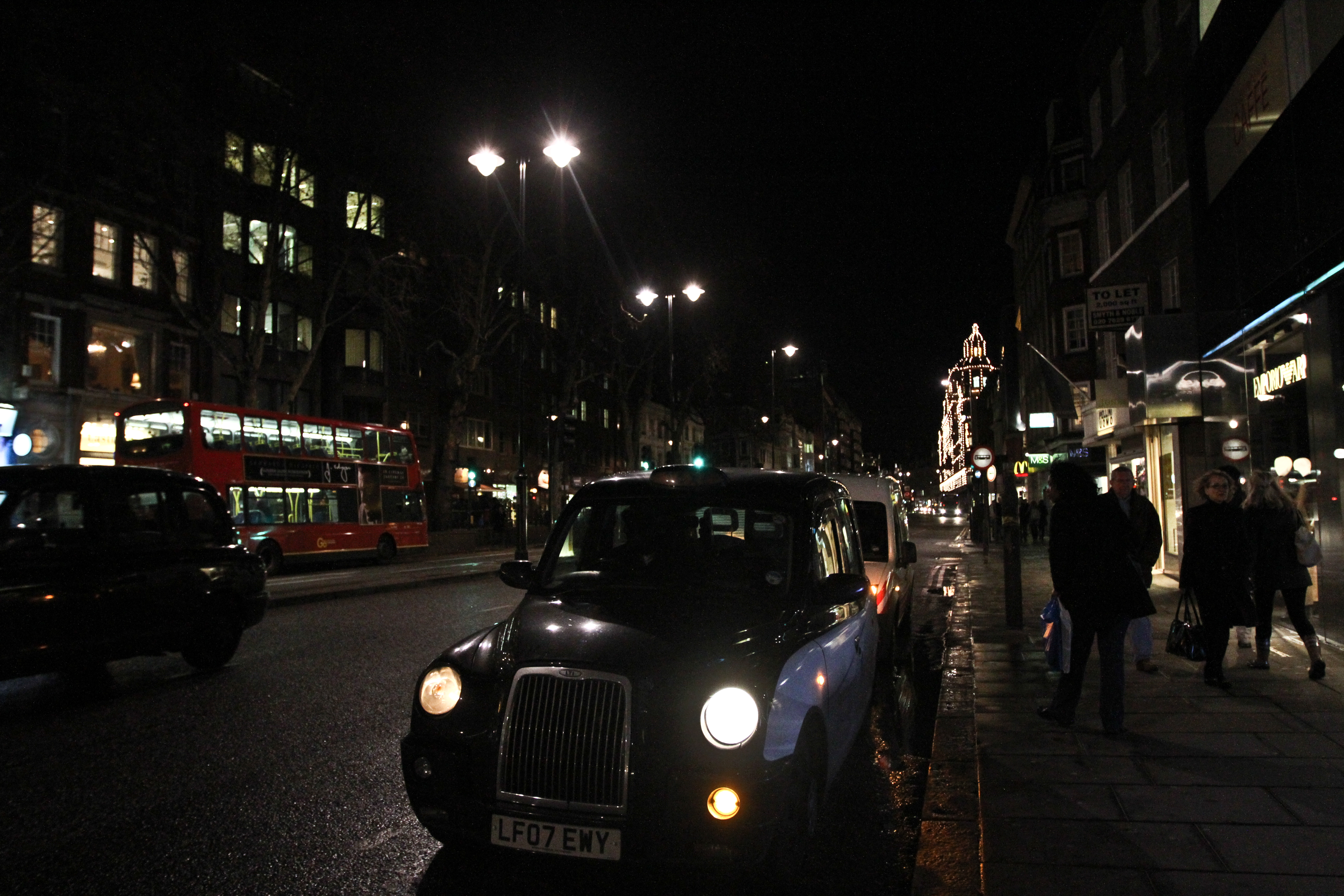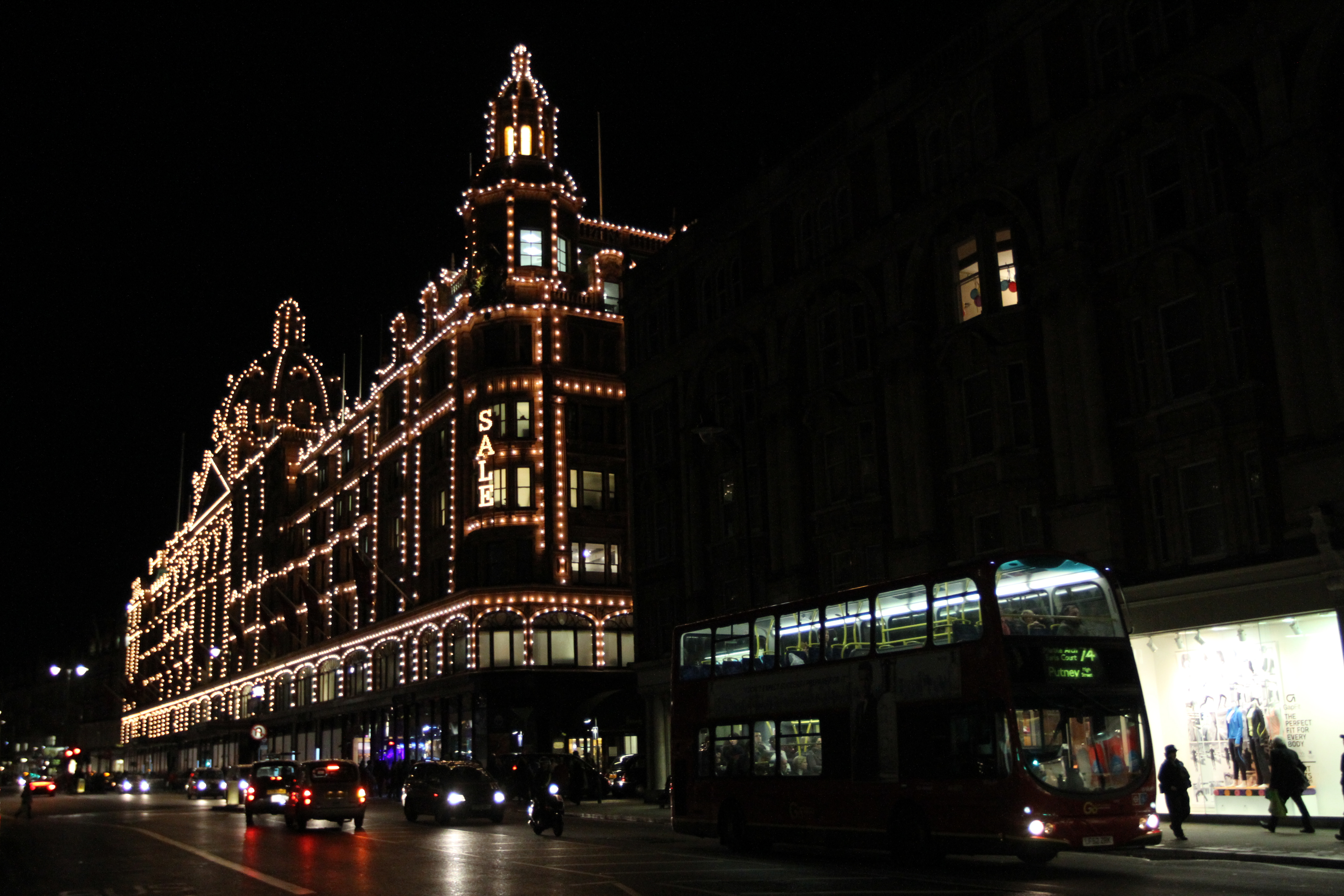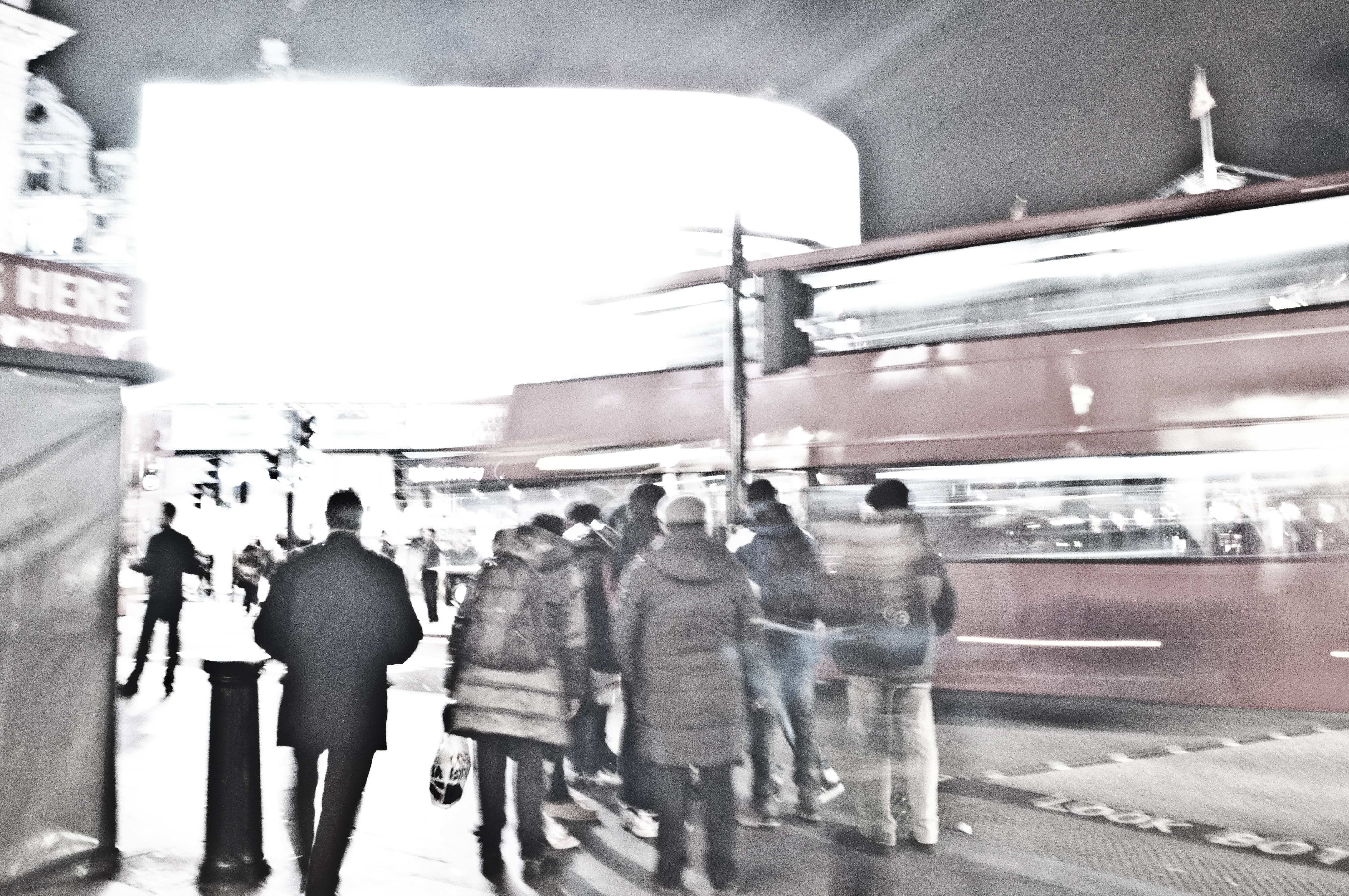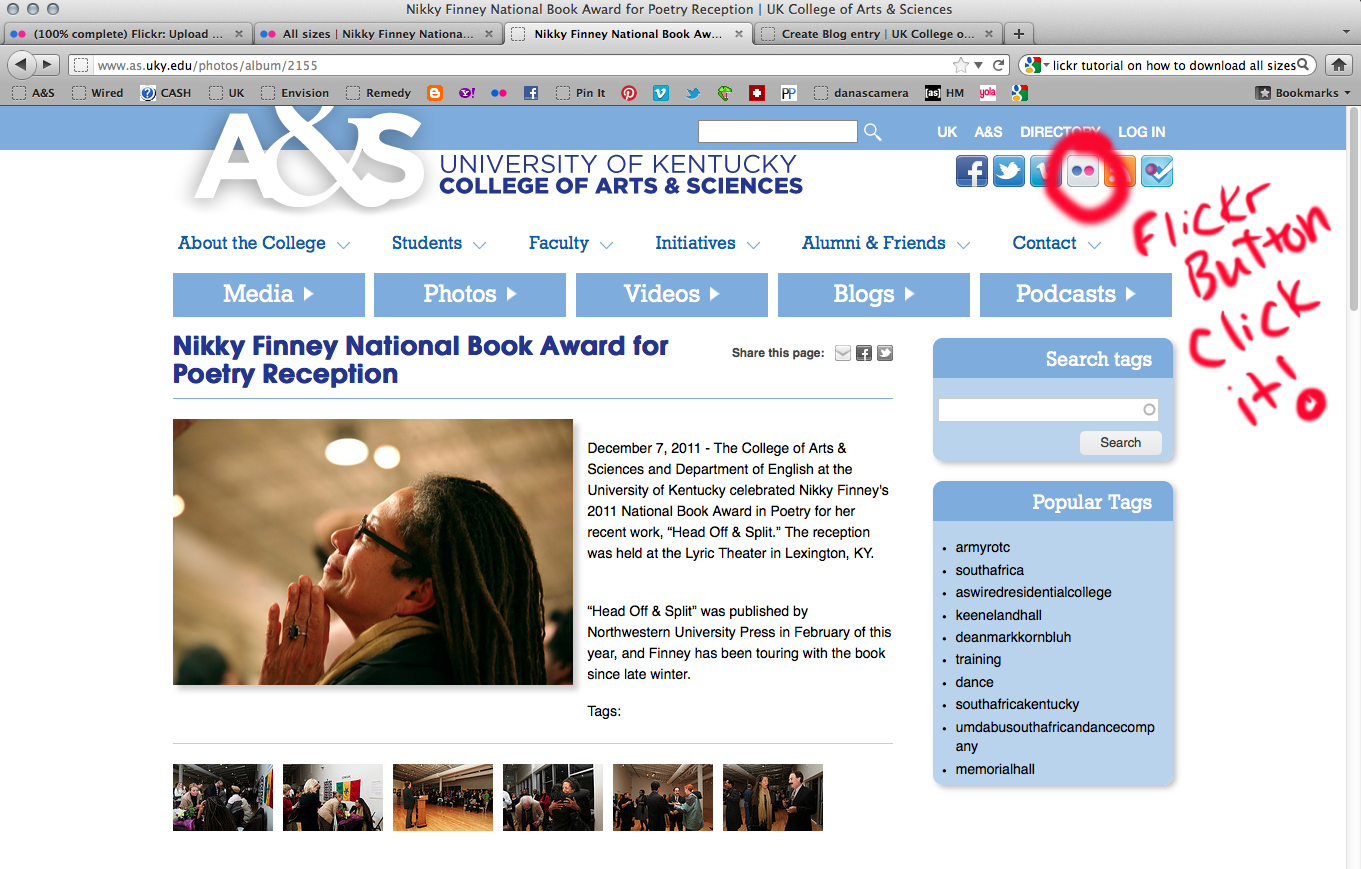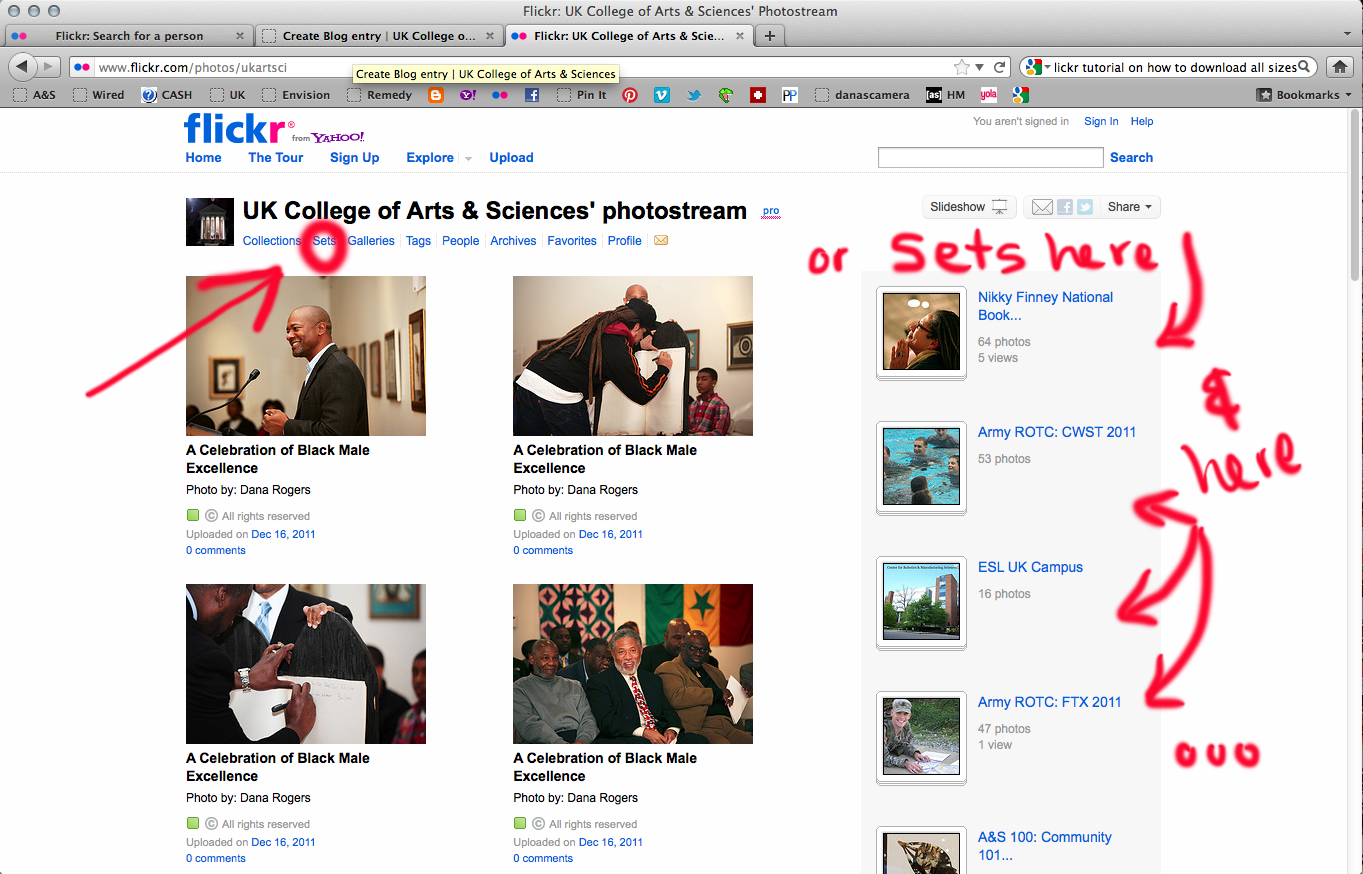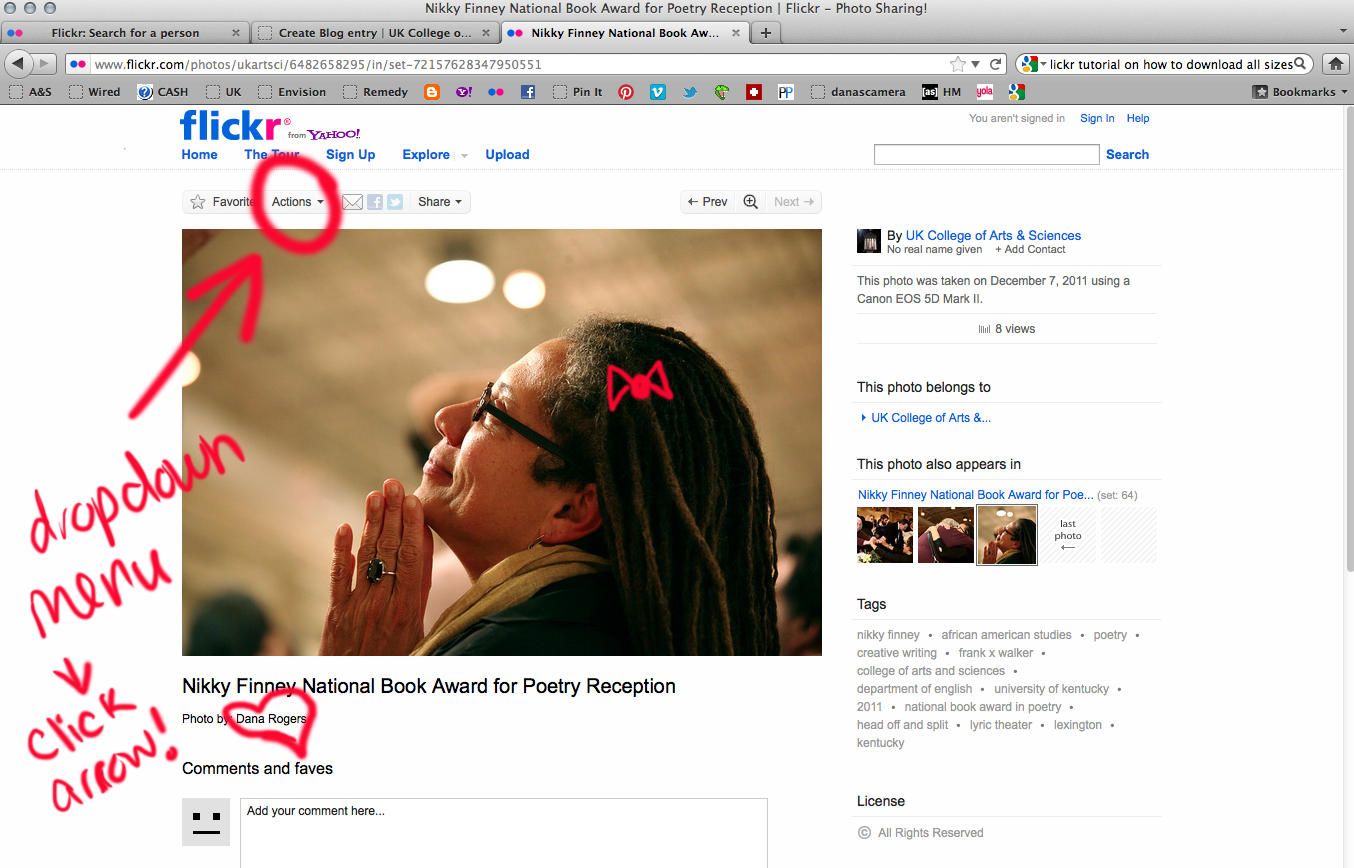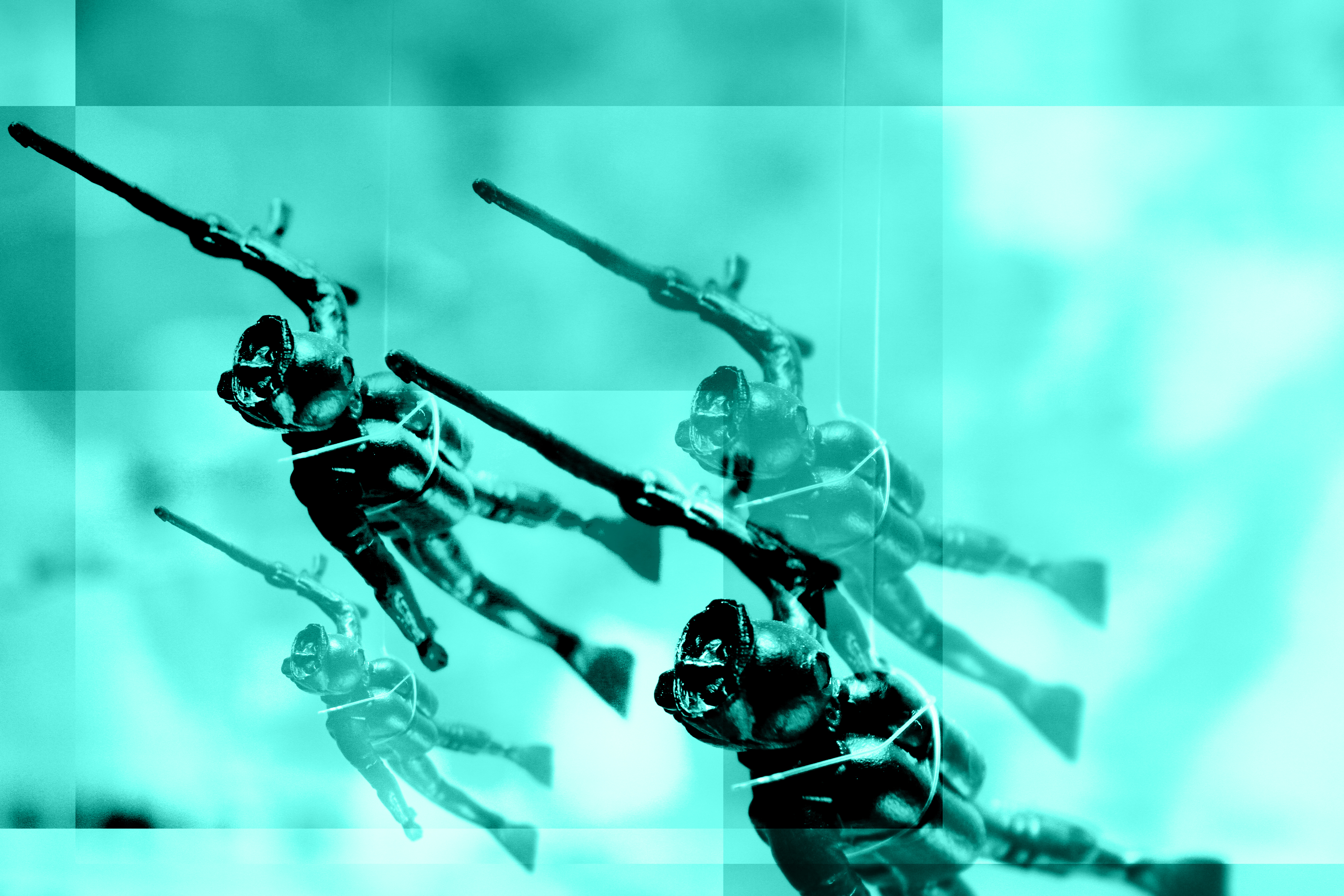|

|
|
Robot Star 25, kindly loaned by Stuart Heggie.
|
|
Developer Components
The two most essential ingredients of a photographic developer are a developing agent (a reducing agent) and an activator. Caffeine, that magical component of coffee, tea, and many soft drinks, is an excellent reducer and can work well as a developing agent. Vitamin C can also do the job, as well as vanilla extract, iron supplement tablets, and a number of other common materials when properly applied.
Brew A Pot Of Developer
Caffeine is one of the best, and it's simple to use. Coffee or tea can be the source, but coffee may be preferable because of its higher caffeine content. So if you want to try your own skill at kitchen chemistry processing, here's a plan: First get a jar of instant coffee crystals at your local supermarket. Next head to the laundry detergent aisle and pick up a box of washing soda. That's the stuff that will activate the developing agent, the caffeine in the instant coffee. With the wide variety of laundry materials available today, washing soda isn't the big seller that it once was, but the larger chains will carry it. (Baking soda just won't do.)
That's all you need. And here's a recipe for making a half pint of developer, enough to process a roll of 35mm film in a typical developing tank.
8 oz of water
4 teaspoons of instant coffee crystals
2 teaspoons of washing soda
Stir the ingredients until uniform, then develop film for 25 minutes, agitating every 30 seconds.
This simple formula will develop any silver-halide emulsion, but for best results you'll need to experiment to determine the optimum composition and development time for the particular film and exposure level you use. I used only Kodak T-Max 400, exposed at ISO 100.
If the idea of working in a darkroom with the pleasant aroma of fresh-brewed coffee sounds appealing--don't count on that. The activator degrades some of the components of coffee, and the solution will soon take on the odor of the coffee pot you forgot to turn off the night before. Not the most pleasant sensation!
Developing With Vitamins
If you're not into coffee all that much and want to still try another alternative process, think vitamin C. Citrus fruits and fruit juices immediately come to mind as good sources of vitamin C. Unfortunately, though, that vitamin is not in high enough concentration in these juices to serve as an effective developing agent. You'll need to turn to the medicine cabinet and get out the vitamin C tablets. Vitamin C can nicely replace coffee as the developing agent, but because vitamin C is more acidic than caffeine, a larger quantity of activator will be required. Here's a workable composition:
8 oz of water
8 vitamin C tablets (1000mg each)
5 teaspoons of washing soda
Develop for 30 minutes, agitating every 30 seconds.
Film development with either of these concoctions--the coffee brew or the vitamin C mix--is straightforward and simple. And what will you have in the end? A strip of negatives with all the requirements for producing good prints. The negatives may not have as clean and crisp an appearance as you're accustomed to seeing, but don't be deceived. A remarkable level of detail is there, and with a little effort you can generate prints of surprising quality. Try it and see.
Simple Stop And Fix
Now what about the stop bath and fixer? The local grocer has these, too. Many photographers (including this one) use only a thorough water rinse as a stop bath for film development. But if quick-stop action is desired, a dilute vinegar solution works well.
For fixing, ordinary saltwater will do. In fact, seawater was long ago used as the very first successful fixing agent. The process is slow, however, and very inefficient compared to the action of modern fixing solutions. It takes a lot of saltwater, but it can be done.
It's quite a satisfying experience to produce a good photograph from a film developed with only common household materials. And it's a thrill those guys with their digital cameras can never know!
Roger Bunting is a chemistry professor at Illinois State University. He is author of a book entitled "The Chemistry of Photography" (www.photoglass.com), and has taught a course in photographic chemistry for many years.
|
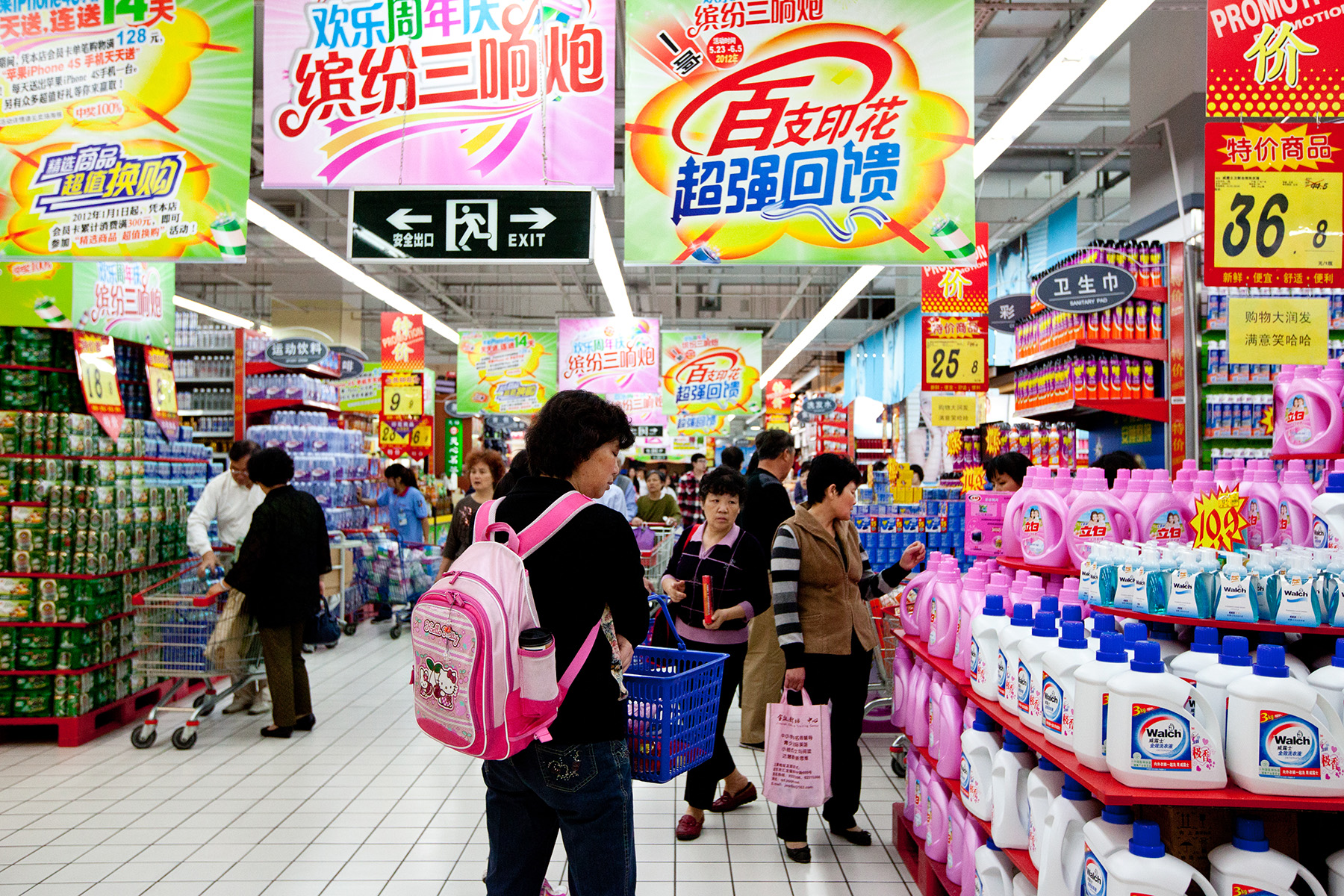

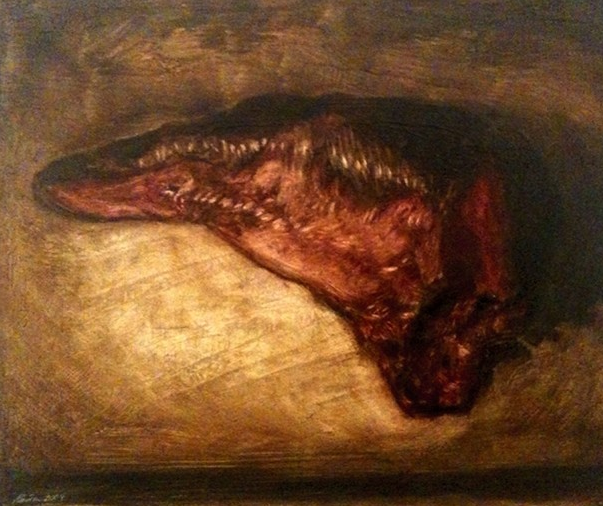

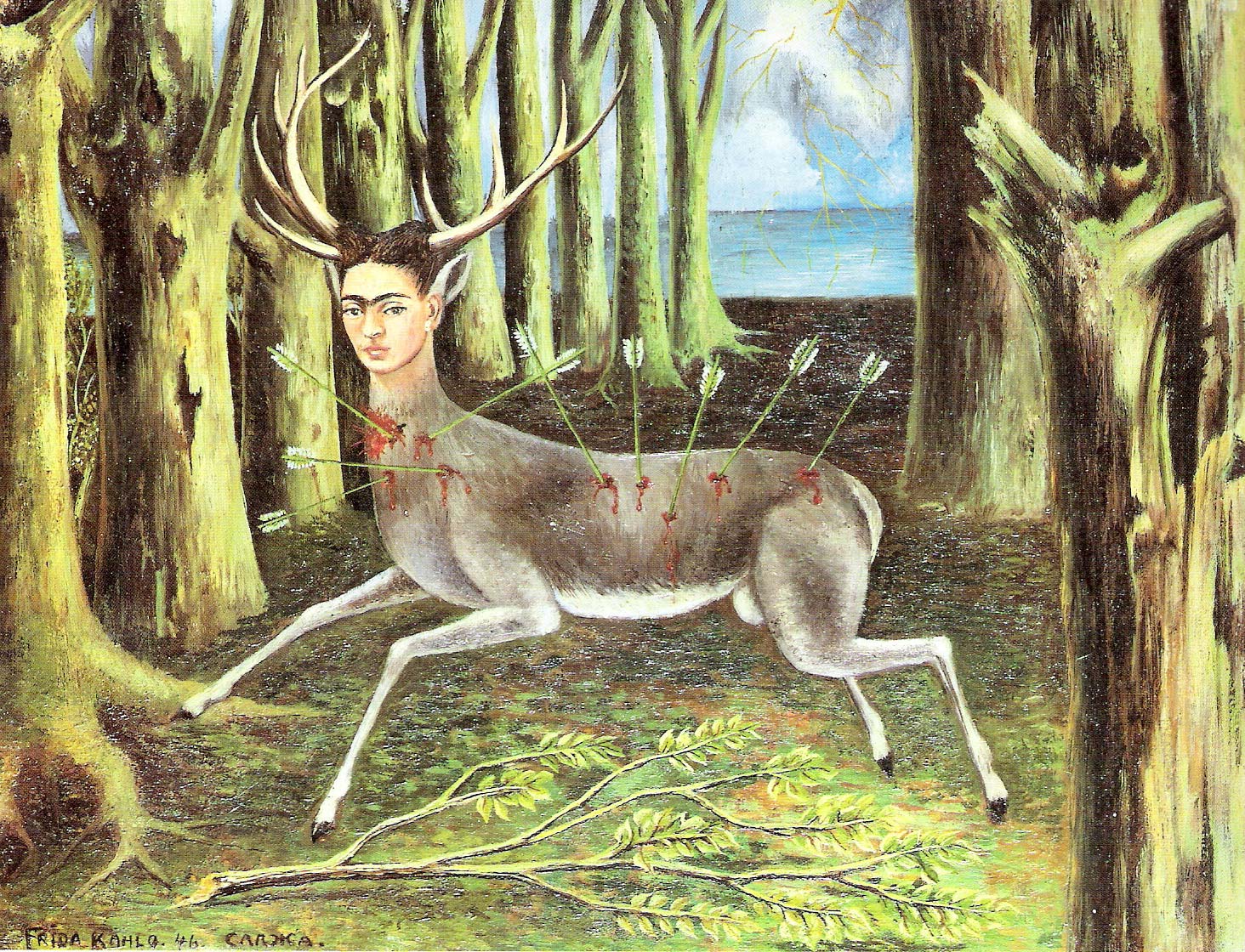
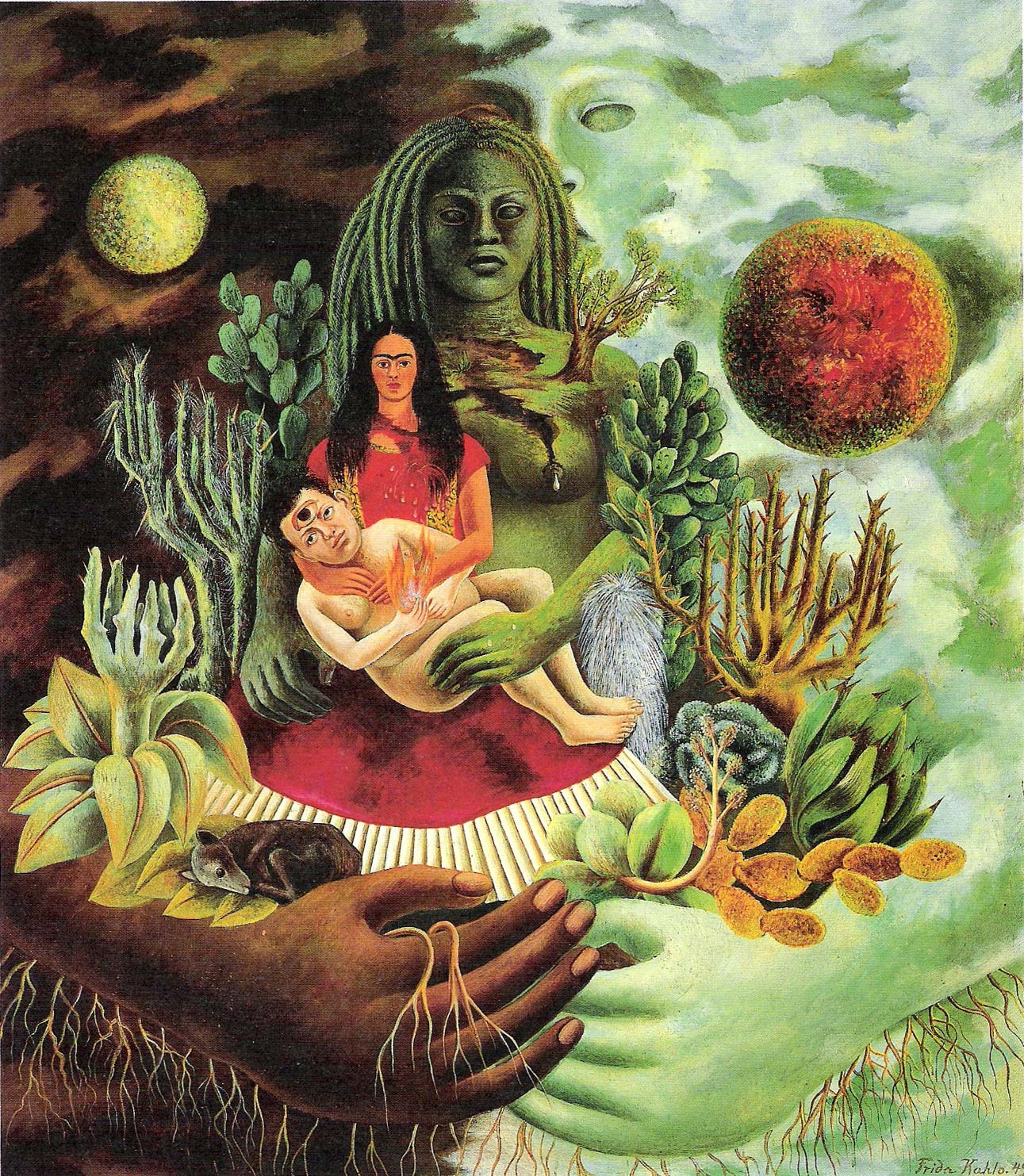
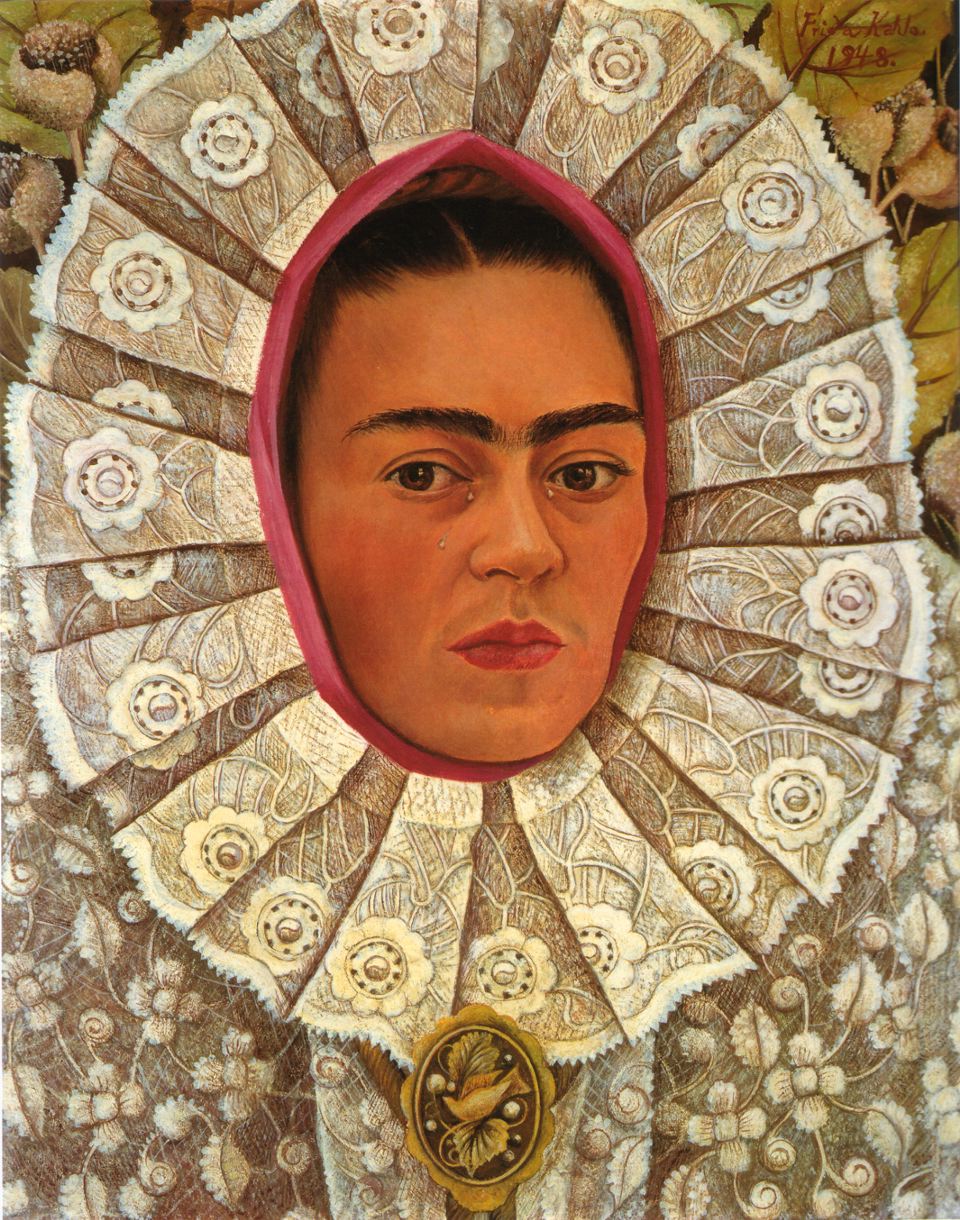
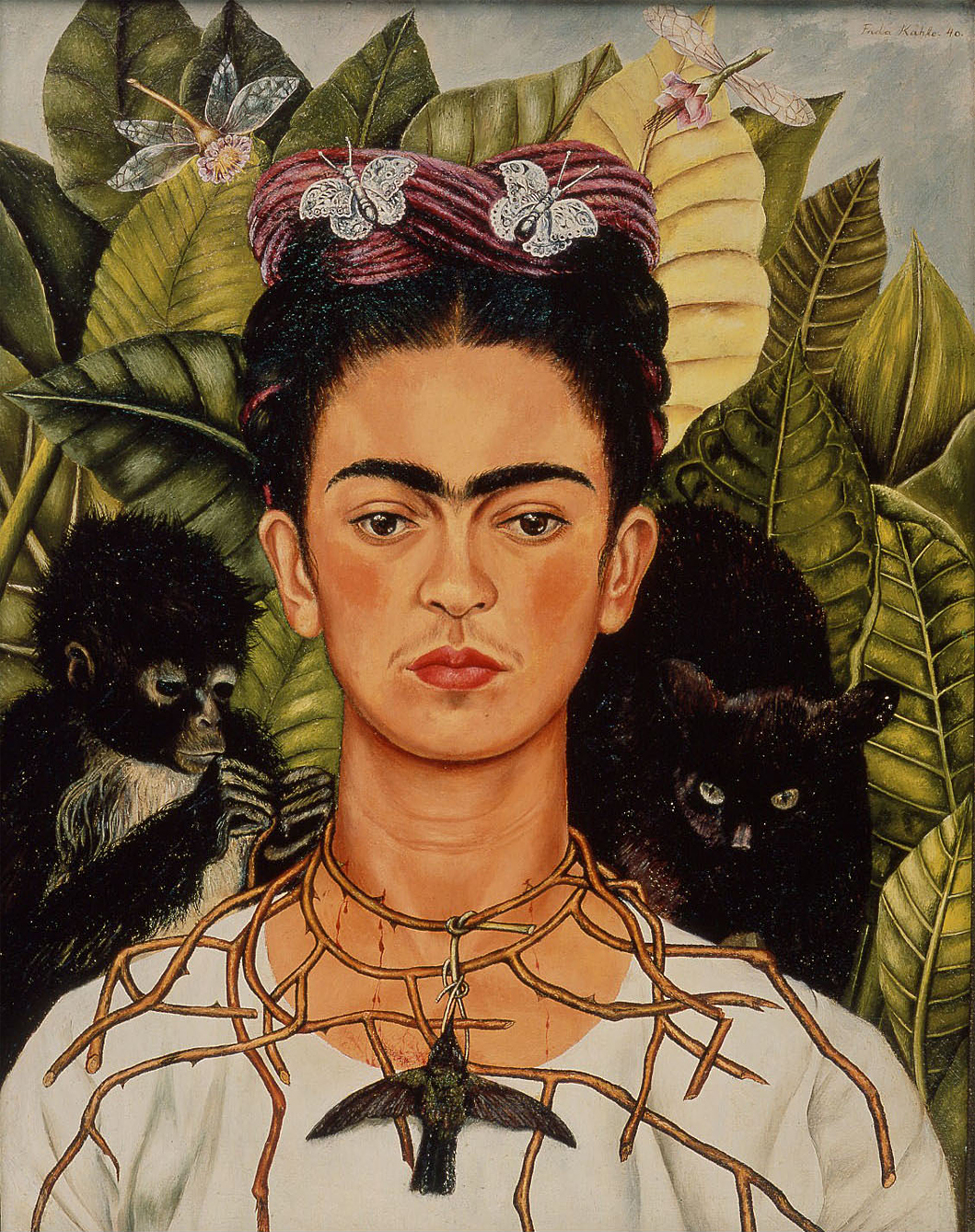



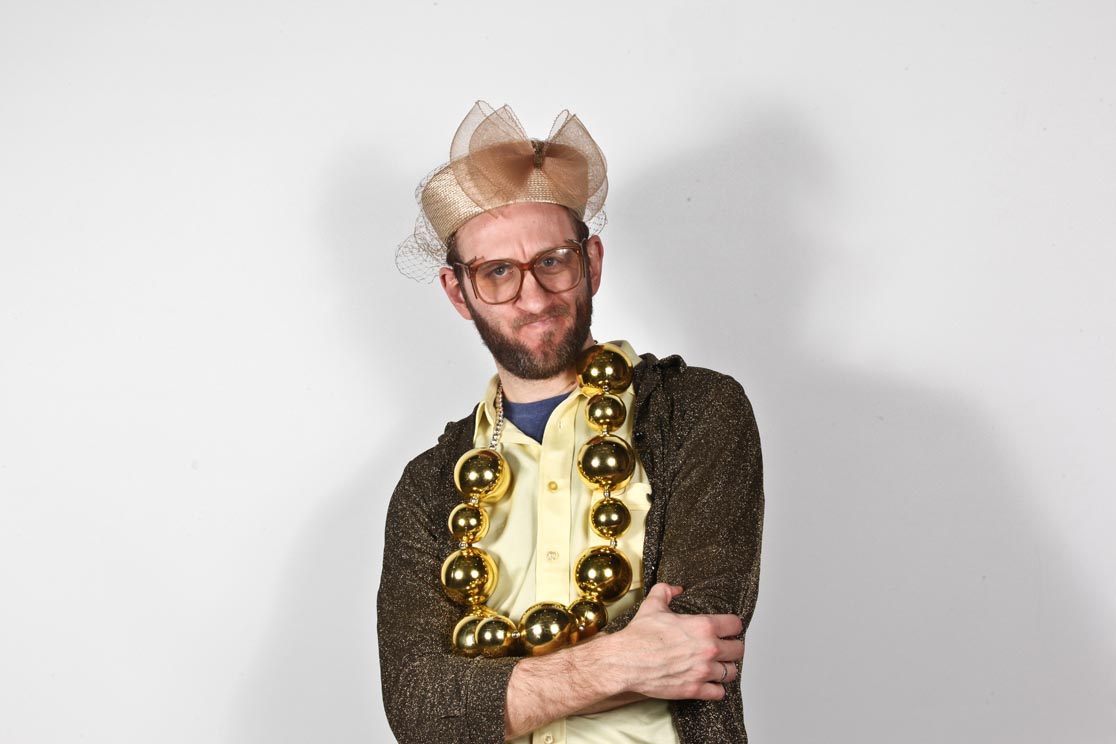
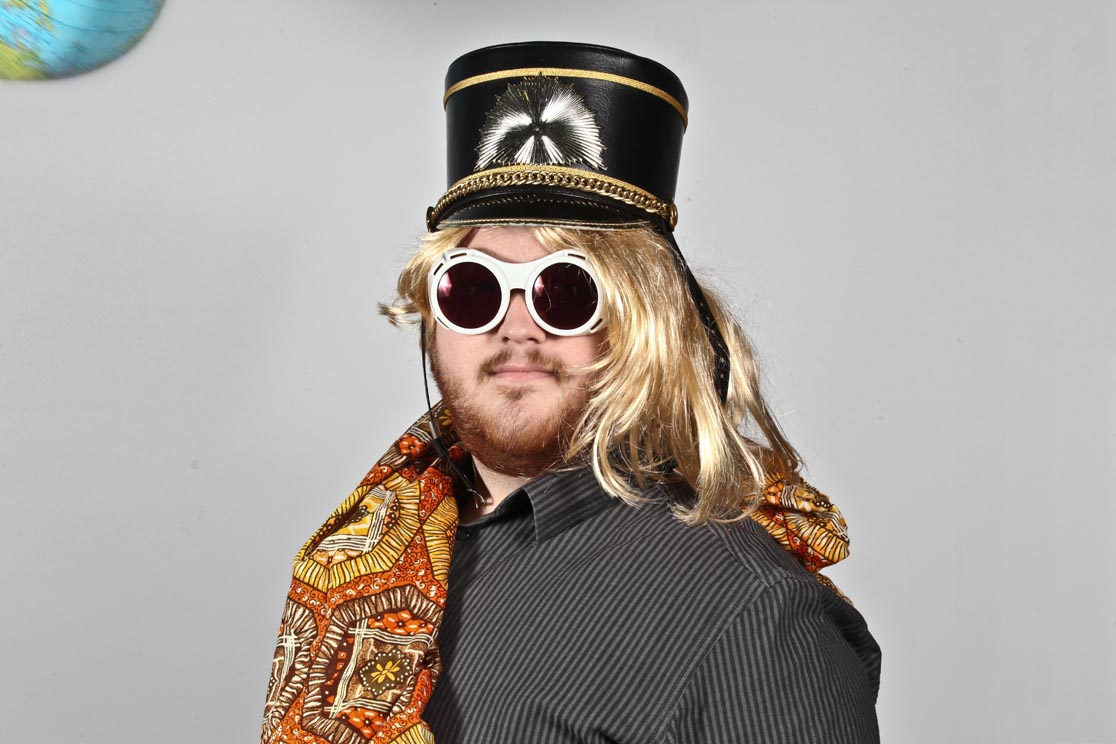
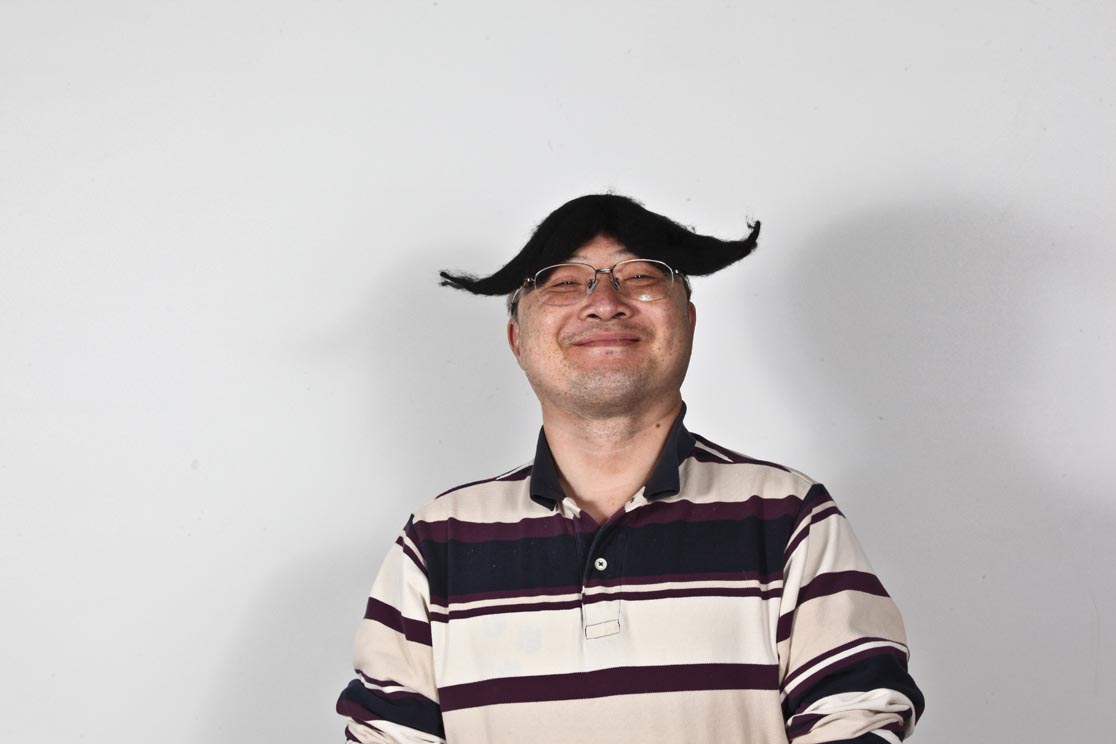
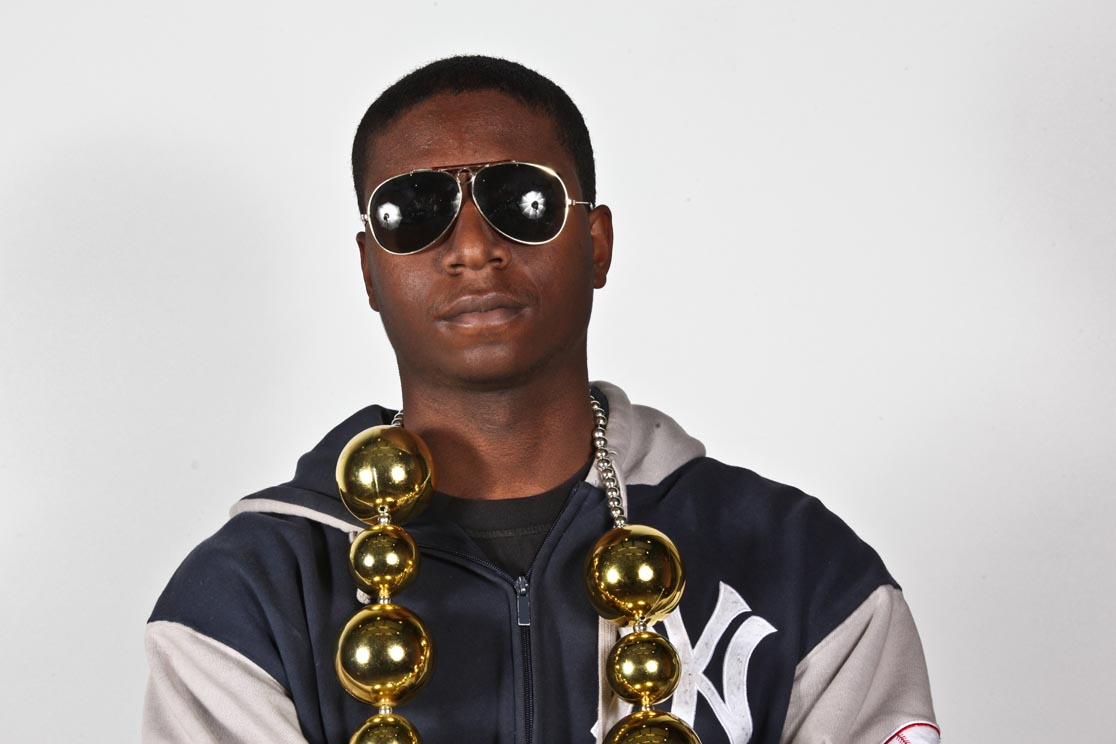
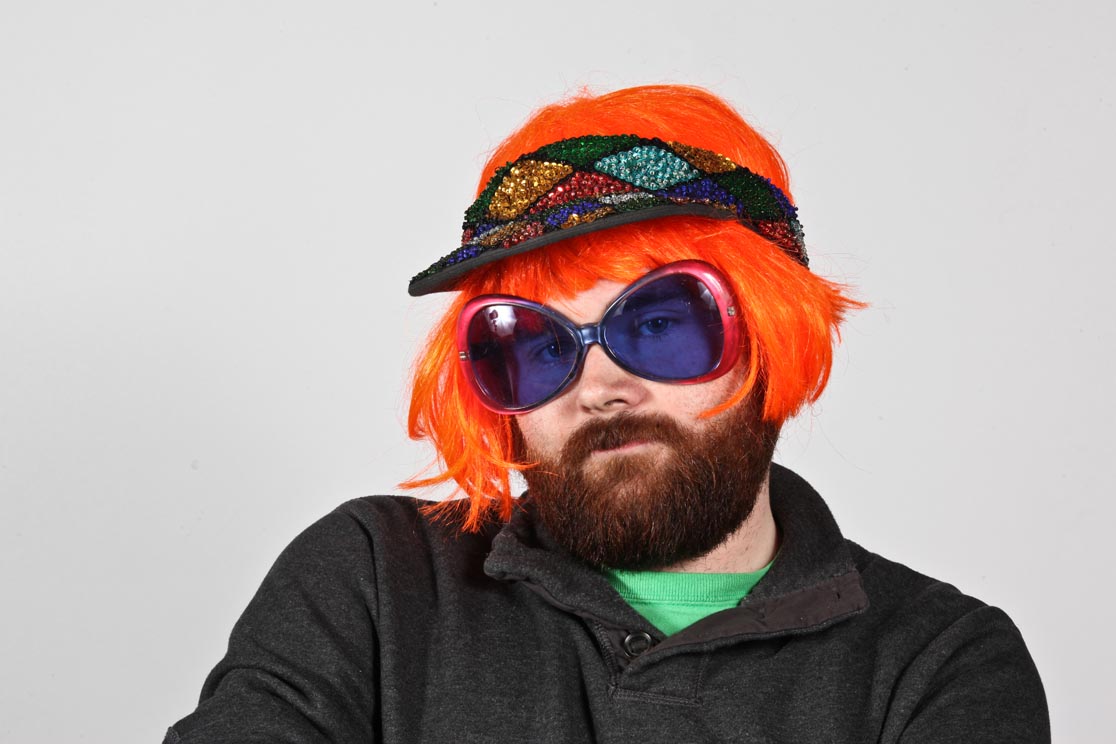
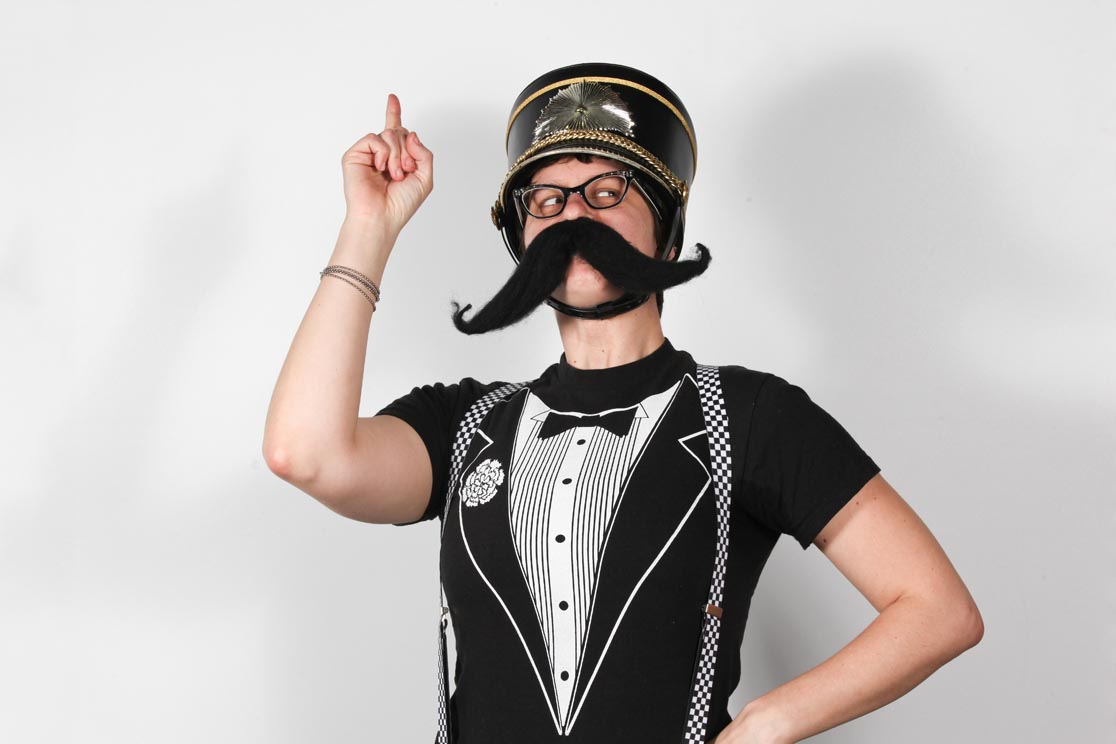
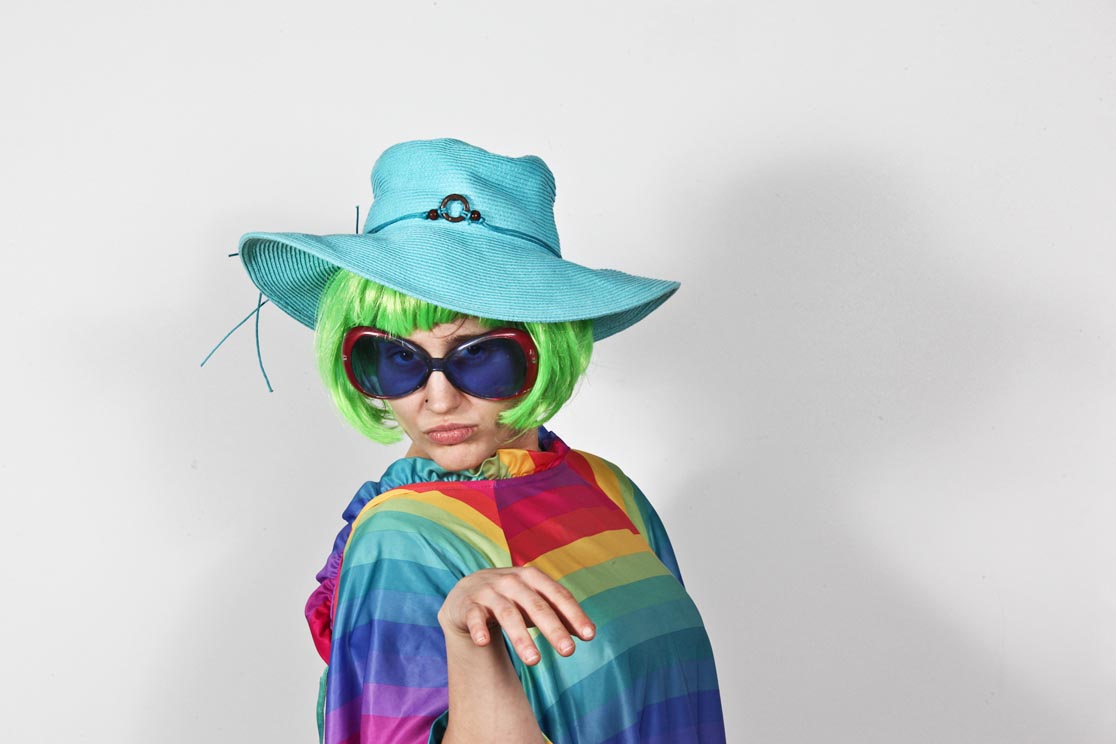
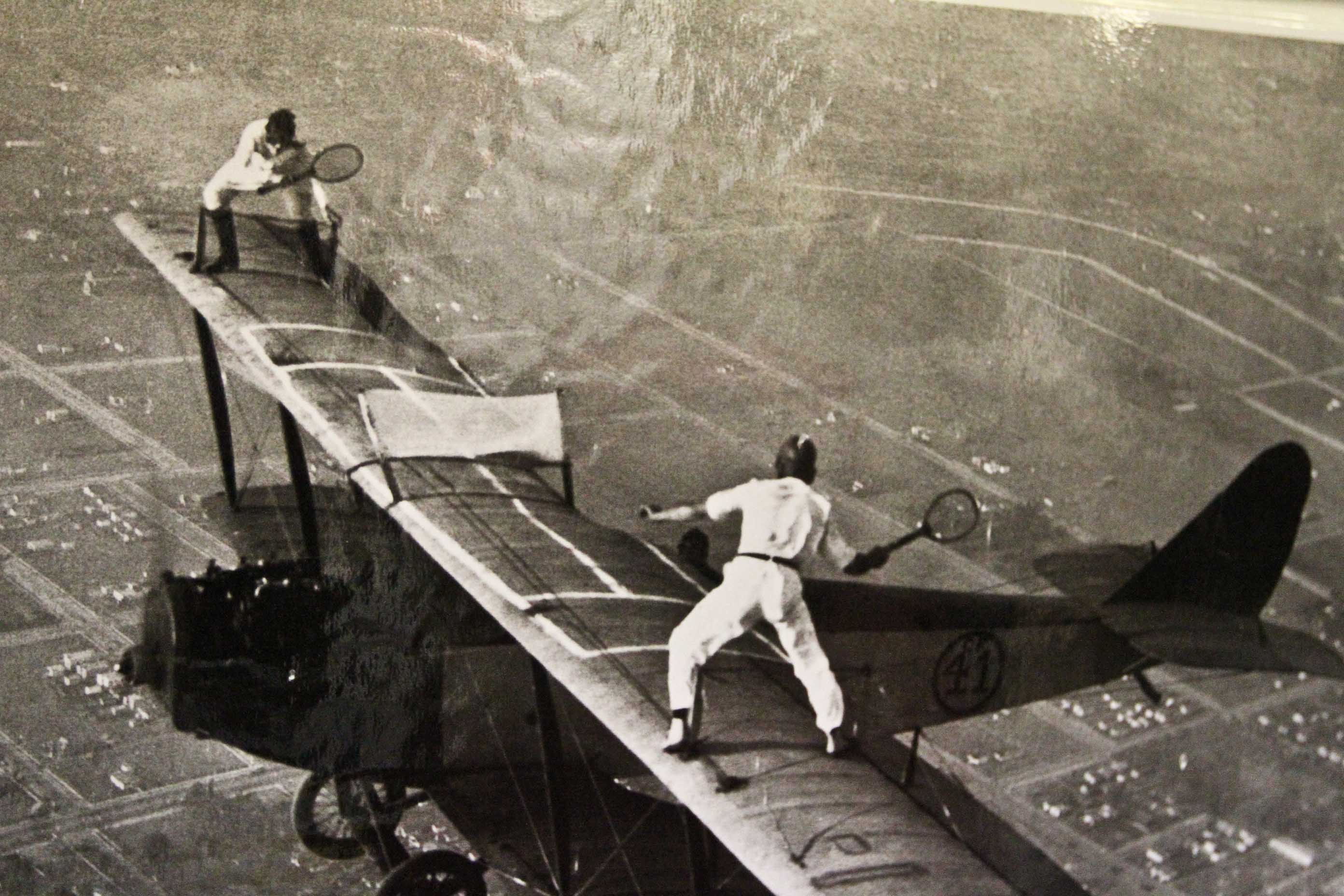
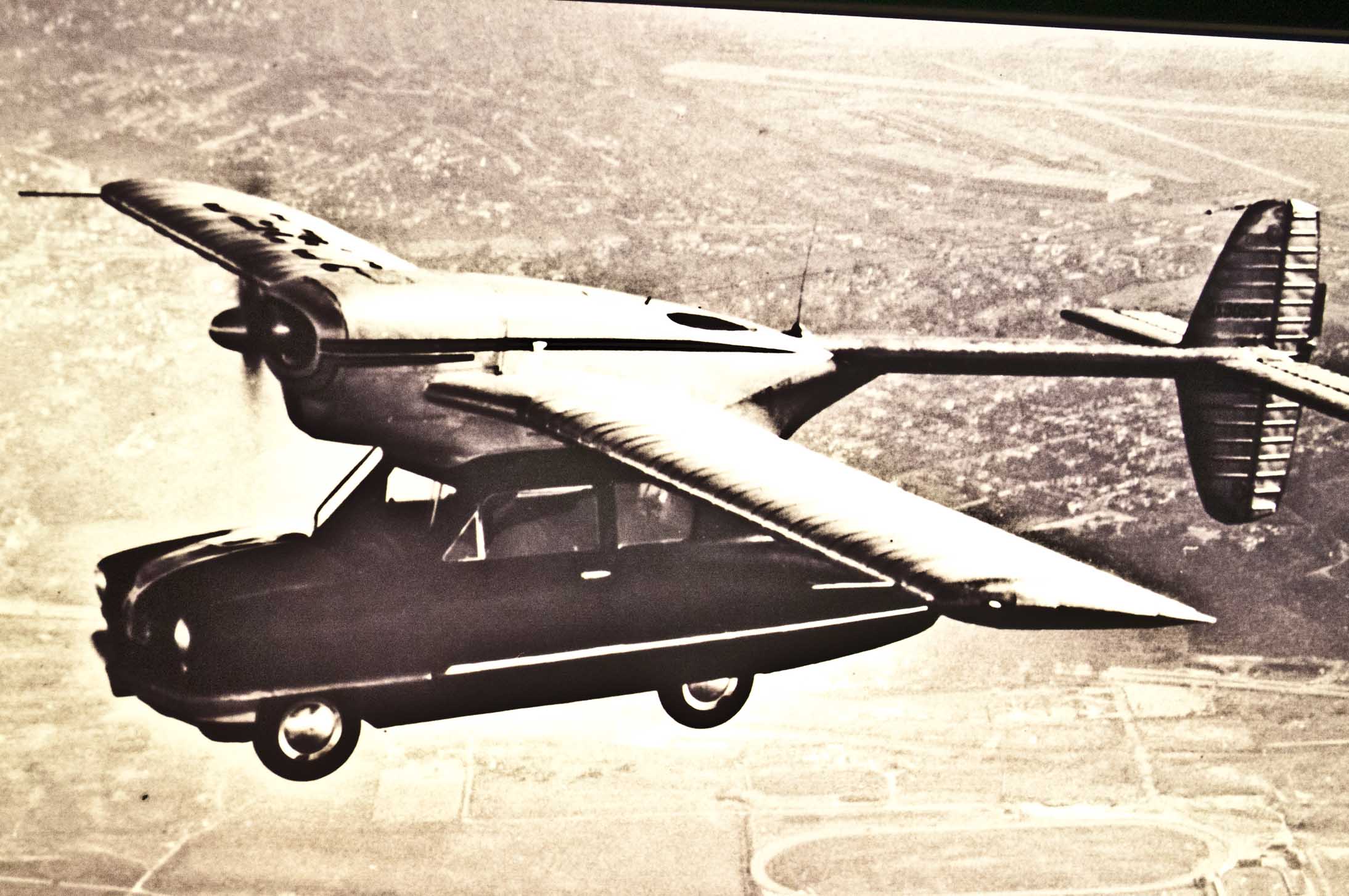
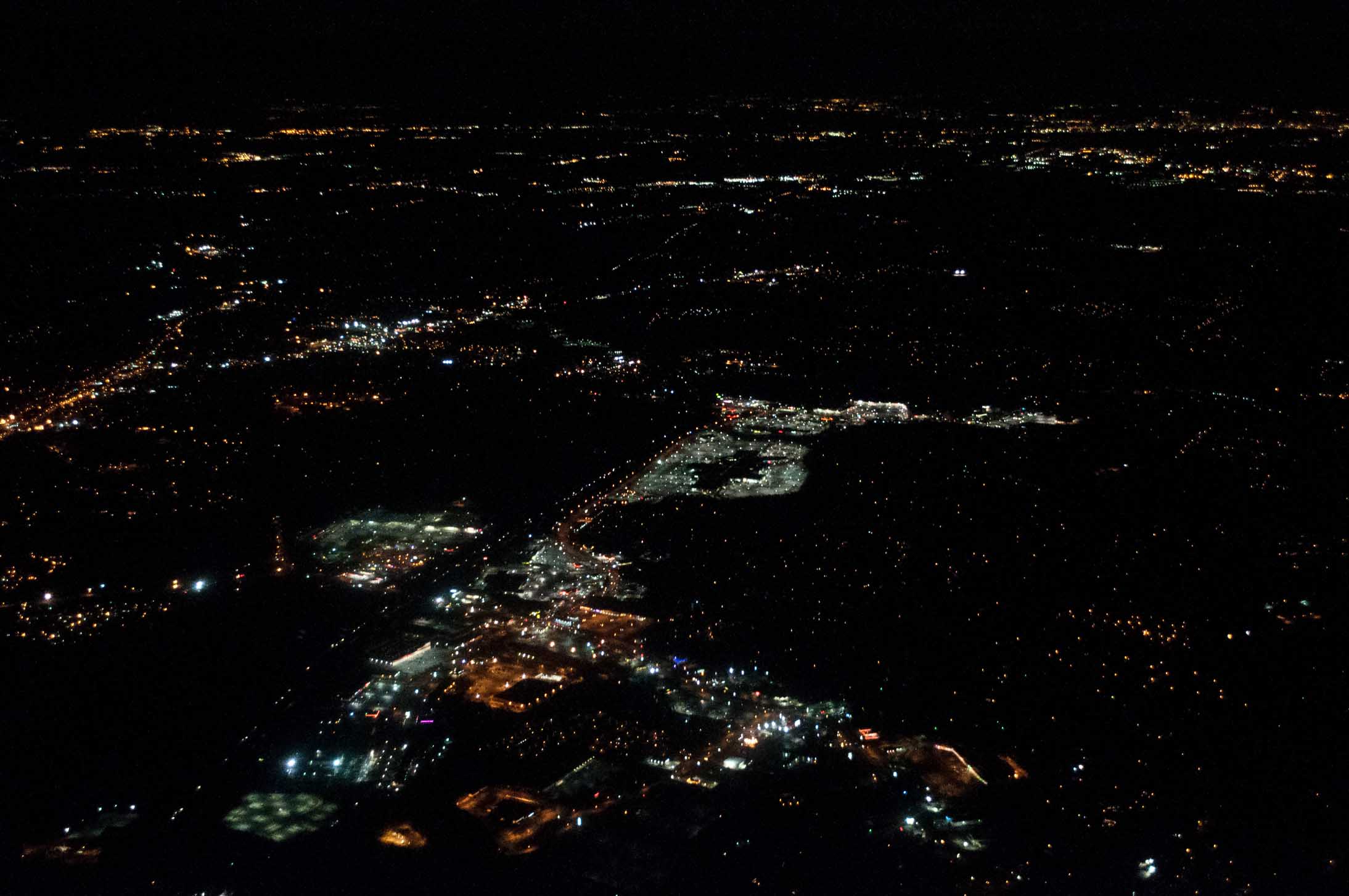
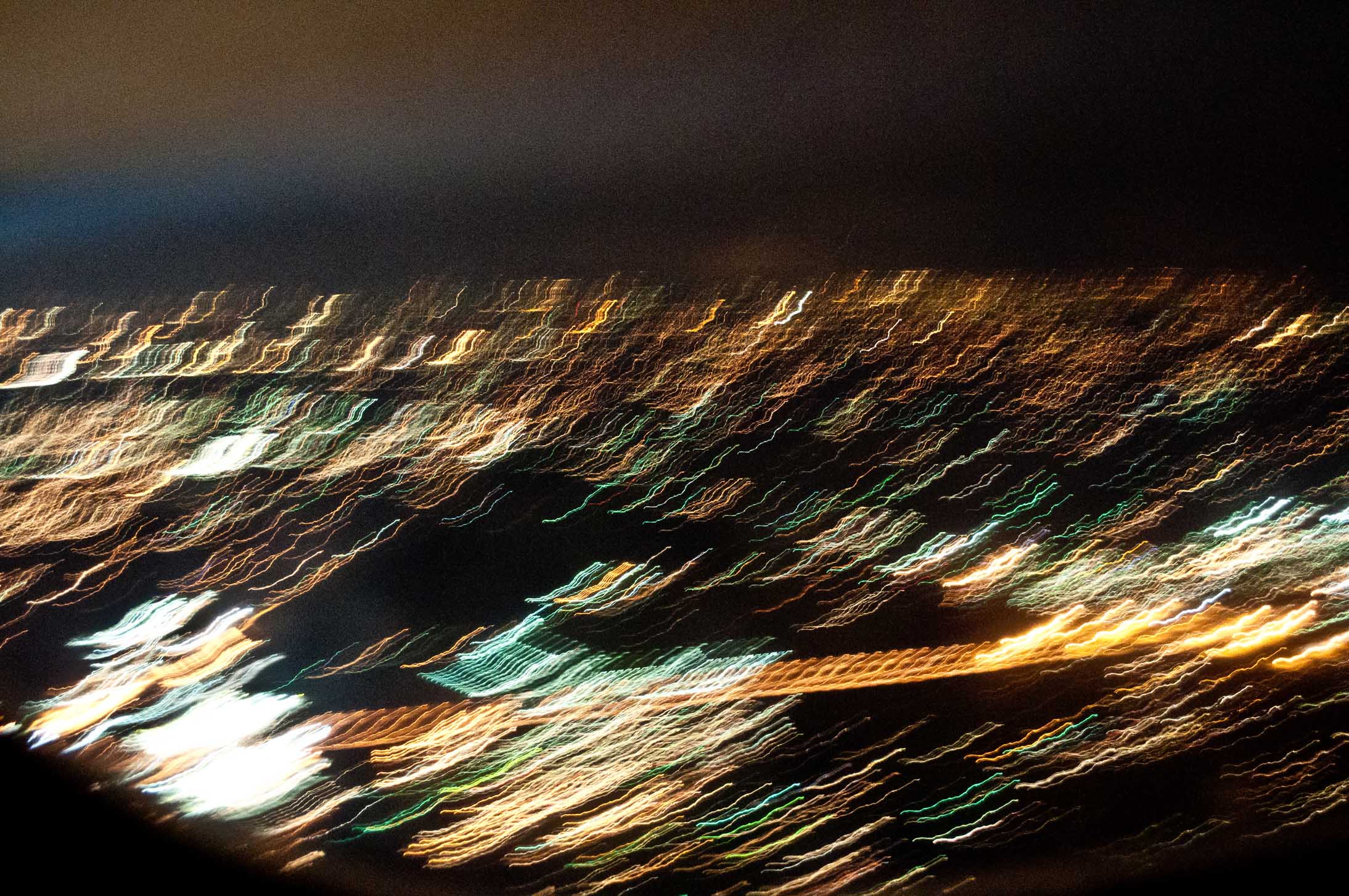
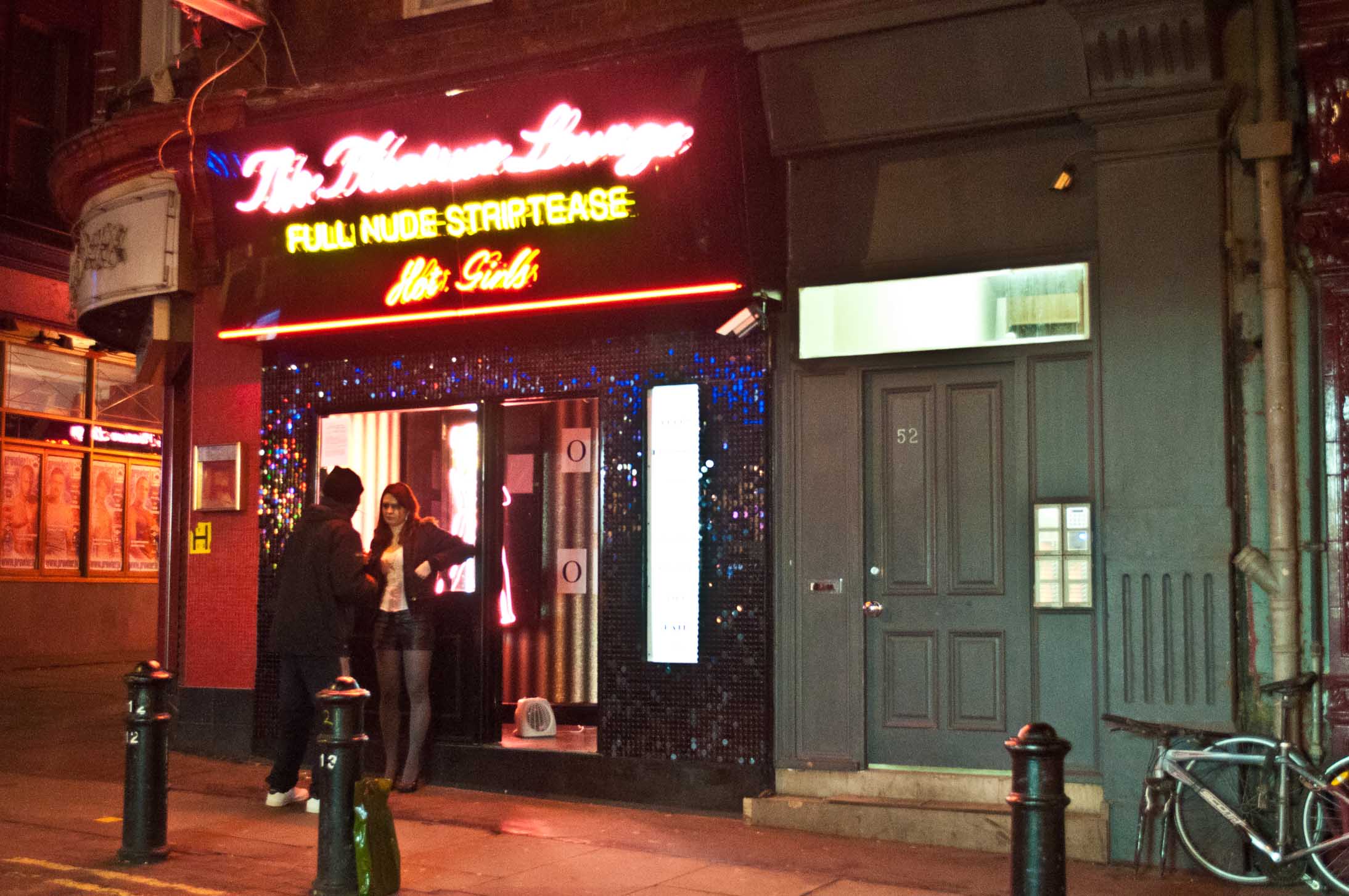
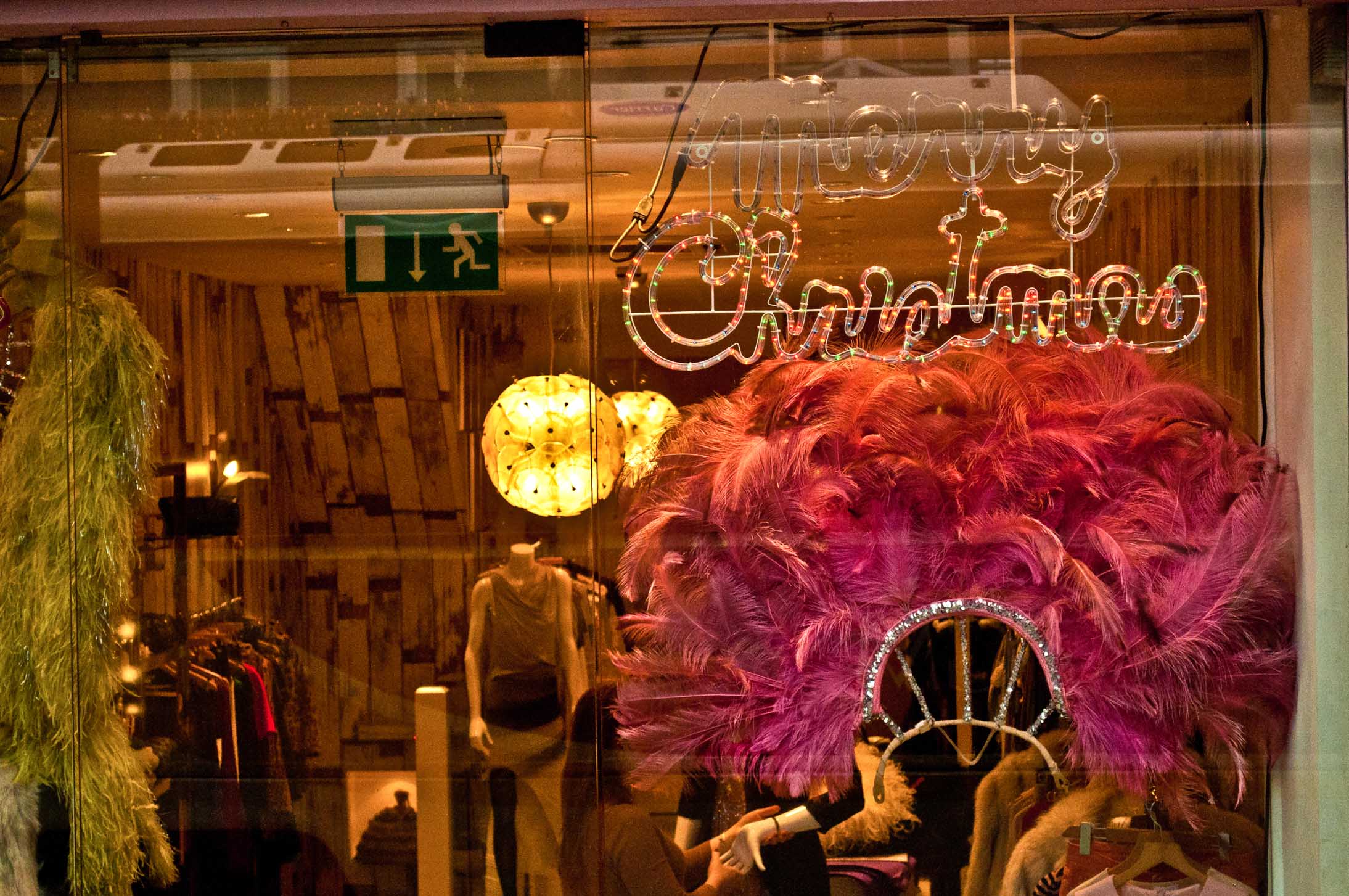
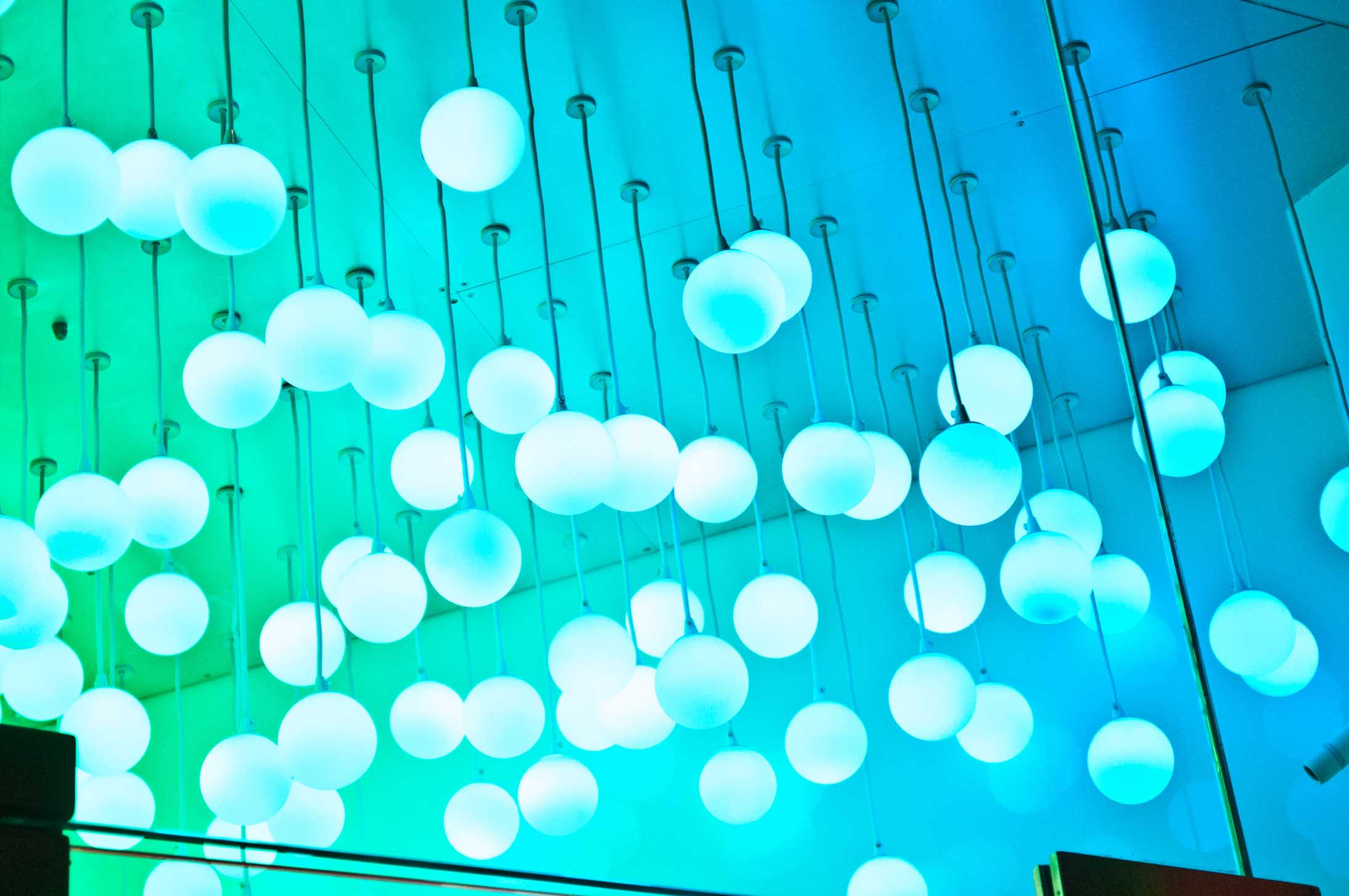
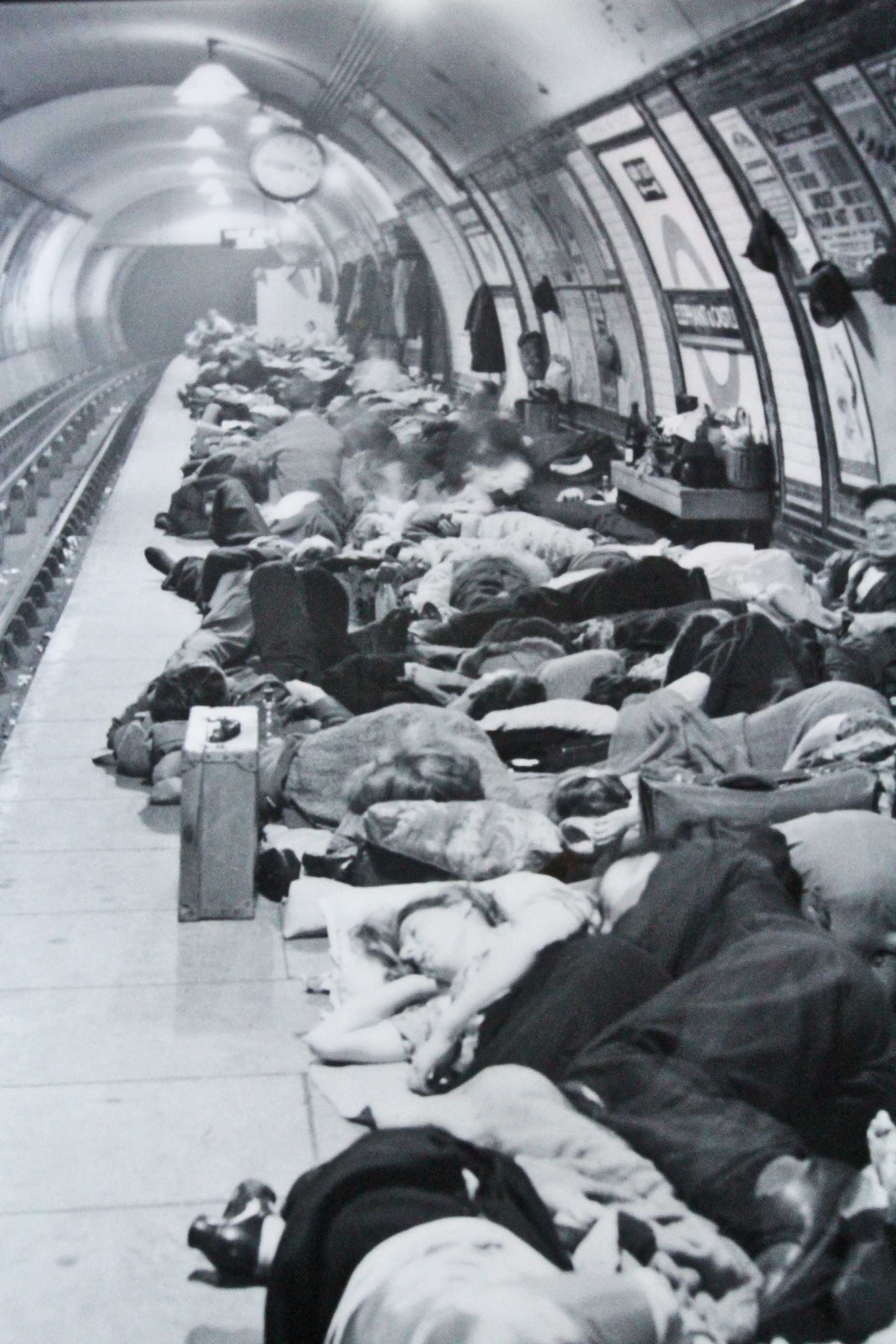
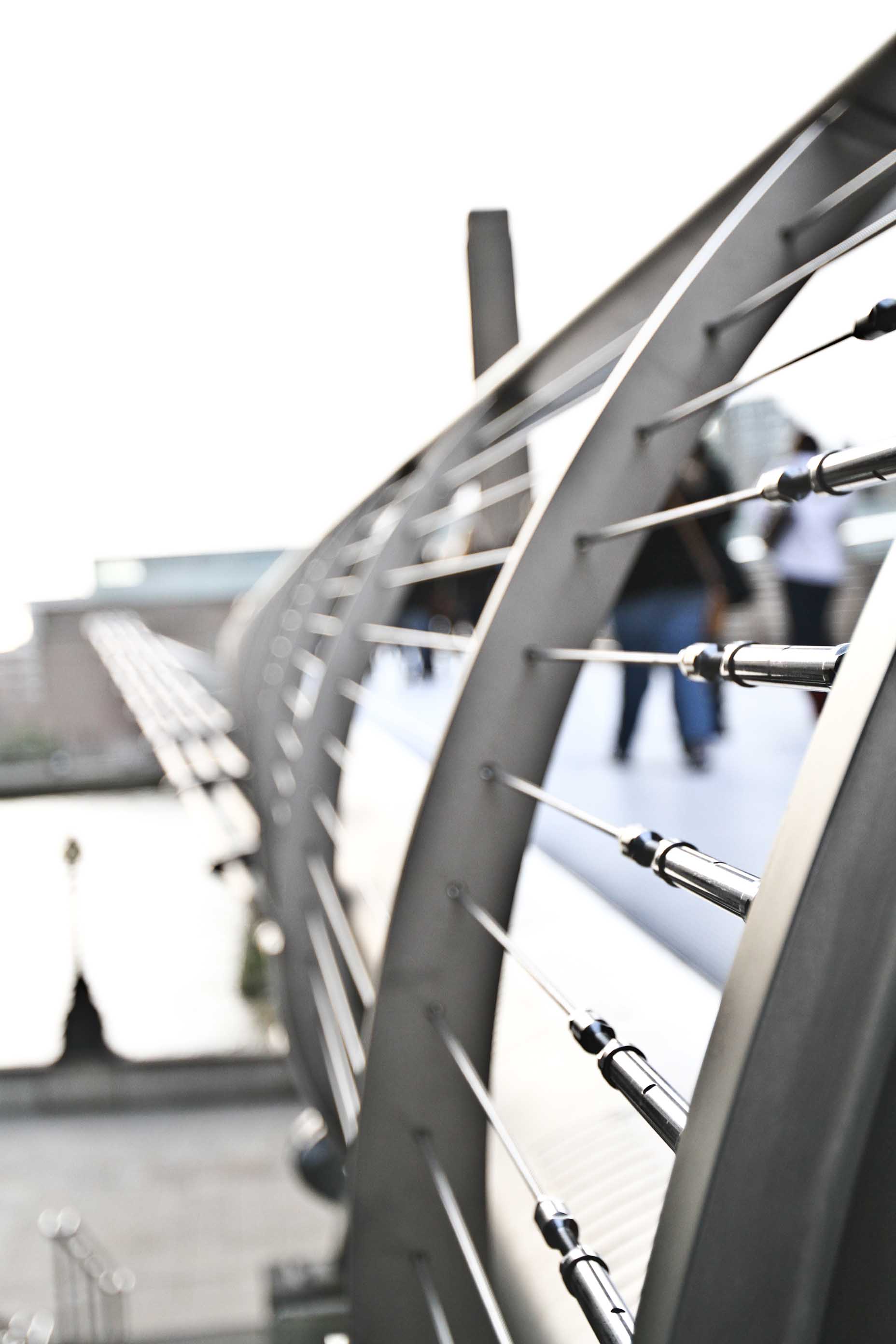
.jpg)
.jpg)
.jpg)
.jpg)
